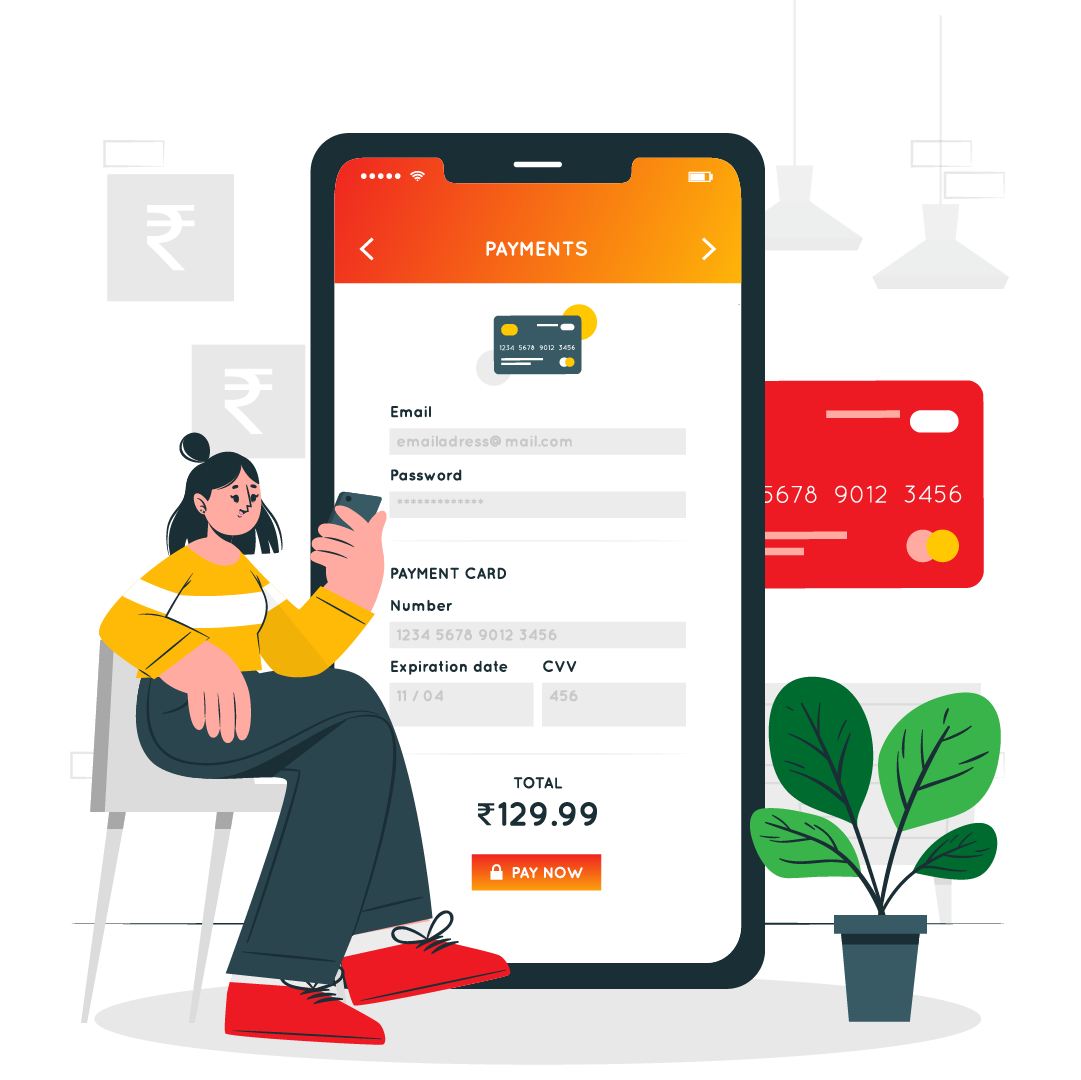Over the years, payment systems have not only become the lifeline of an economy but it is gradually getting recognised as means of achieving financial inclusions while ensuring that the economic benefit reaches the bottom of the pyramids. Traditionally the economy is cash dominant, however, the increased adoption of smartphones together with a favourable regulatory environment is pushing the economy to a less cash-dependent state. Digital transactions and payments are non-repudiable, this further provides a way for consumers to instil trust in the system of digital payments. The high-tech innovations have provided options for various types of digital payment systems in India and the rise of transactions through the Digital Medium.
What is Digital Payments?
The common people have started moving from traditional payment systems to a digitised payment system, which is safer, more secure, and more convenient. Payment gateways have become an integral part of merchants’ as well as consumers’ life and enable them to take the complete authorisation of payments. A device-agnostic, and well-integrated payment platform ensures synchronised and seamless payments. Follow our blogs to understand how payment gateways work.
Top 5 Reasons to Switch to Online Payments
Many people are still apprehensive about digital payments, and security concerns overpower them, resultantly their trust towards cash is deeply embedded in their consciousness. Tier 1 cities have a high percentage of consumers who refrain from digital transactions and rely on cash for their daily functionality, let alone tier 2 and 3. However, Digital literacy is the crux that can push people towards digitisation and a cashless economy. Here are the topmost reasons to adopt digital payments in India.
Government Initiation to Foster Digitization in the FinTech landscape
It is undeterred that despite the FinTech evolution, people are still sceptical about shifting from cash payments to digital transactions. To curb this apprehension, the government has brought many schemes to spur the Digitisation of India in the Fintech landscape. The government has always been prompt in initiating digital literacy in rural areas to educate, lesser privileged people. DigiShala(2016)- a free Doordarshan DTH channel to make people aware of the various modes of digital payments, and www.cashlessindia.gov.in, were launched to serve as a repository of knowledge regarding digital payments.
Every payment on Fingertips
Propelled by advances in technological development and RBI compliances, India’s Digital payment system is promising a success story. With a shift from the traditional methods, people settling all their bills anytime and from anywhere. Digital payments have made things easier for people, left your wallet at home? Just Scan, Click and Pay. With online transactions and device-agnostic payment platforms, it is very convenient to make payments.
Security Features
The age of digital transformation has accentuated the realm of eCommerce, and digital payment platforms play a crucial role in cracking down on payment frauds. There are many ways a payment platform can secure its merchant’s transactions. One of the most common methods is data encryption, as the customer feeds in the card details, the details get encrypted. It reduces the risk of data theft, by unauthorised parties during the data transmission from the gateway to the acquiring bank. Another significant security feature SSL, a standard security protocol, establishes an encrypted channel to ensure a safe transfer between a web server and a browser. Tokenization and PCI DSS compliance also help merchants and financial institutions to provide secure payment solutions.
Transparency
Payment gateways indeed have rendered unprecedented access to the latest business scale-up opportunities for their clientele. While digital payment services have innovated their reach, the credit goes to the speed, security of their technology and transparency they provide to their clients. To maintains the foundational trust layer between the payment service provider, merchants, and their customers, it is important to maintain transparency in the payment process. Payment Gateways understand their clients' financial flows, along with the concerns of their merchants inducing a more effective working relationship.
Multiple Modes of Payment
Being an entrepreneur, if you have invested in launching a product, presented it, and marketed it perfectly, but in the checkout process, your consumer fails to find the preferred mode of payment. In this kind of situation, every effort goes in vain. Customers are very demanding with the evolution of the market. Payment Gateways provide multiple modes of payment, which further maximises conversion rates. Cart abandonment is a common practice that can be tackled by giving more than one payment option. Customers can avail smoother checkout process and complete their payments with their preferred mode of payment. With multiple options, a business can appeal to a wider demography leading to enhanced brand perception.
Apart from the above-mentioned reasons to adopt digital payments in India, tax benefits, no/fewer bank visits, and financial independence are the additional points. Moving to digital transactions is certainly a crucial step towards a strong economy for comfort banking with enhanced security and transparency. Pay10 is amongst the leading payment aggregator with diverse payment options rendering seamless functionality and easy merchant onboarding. To know about the onboarding process, contact our experts and skyrocket your sales.

